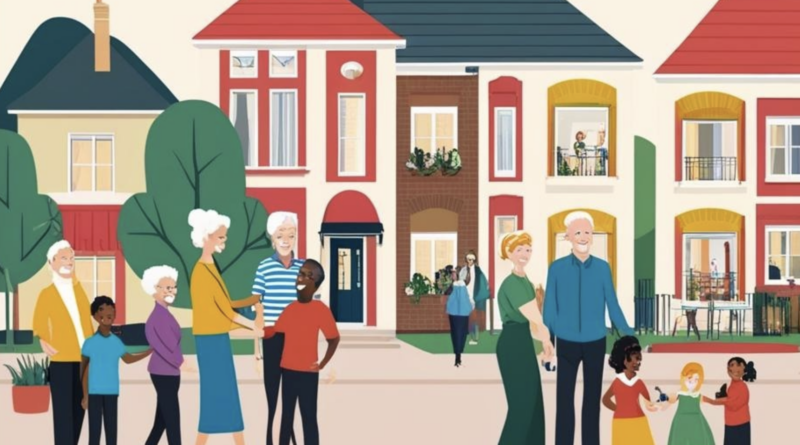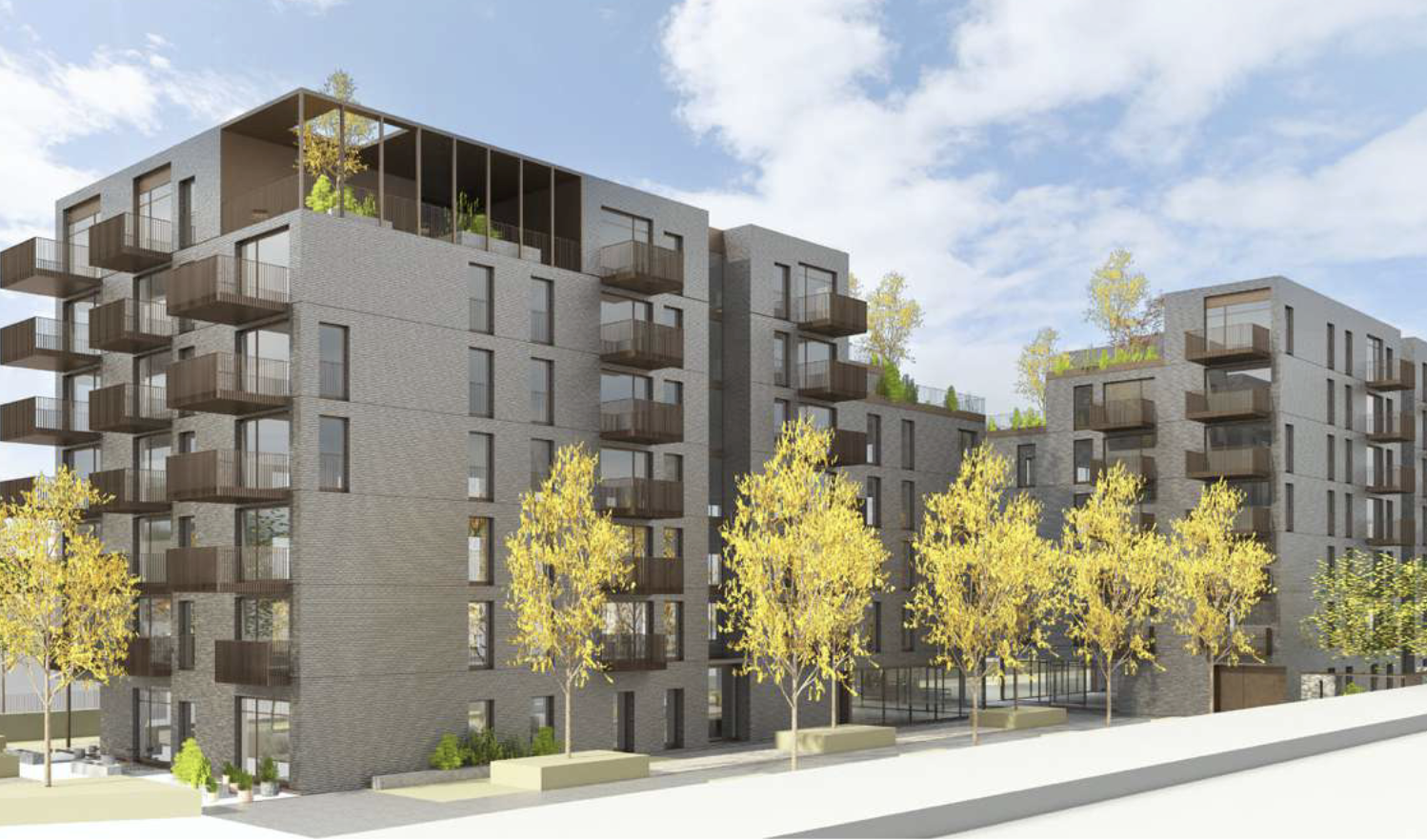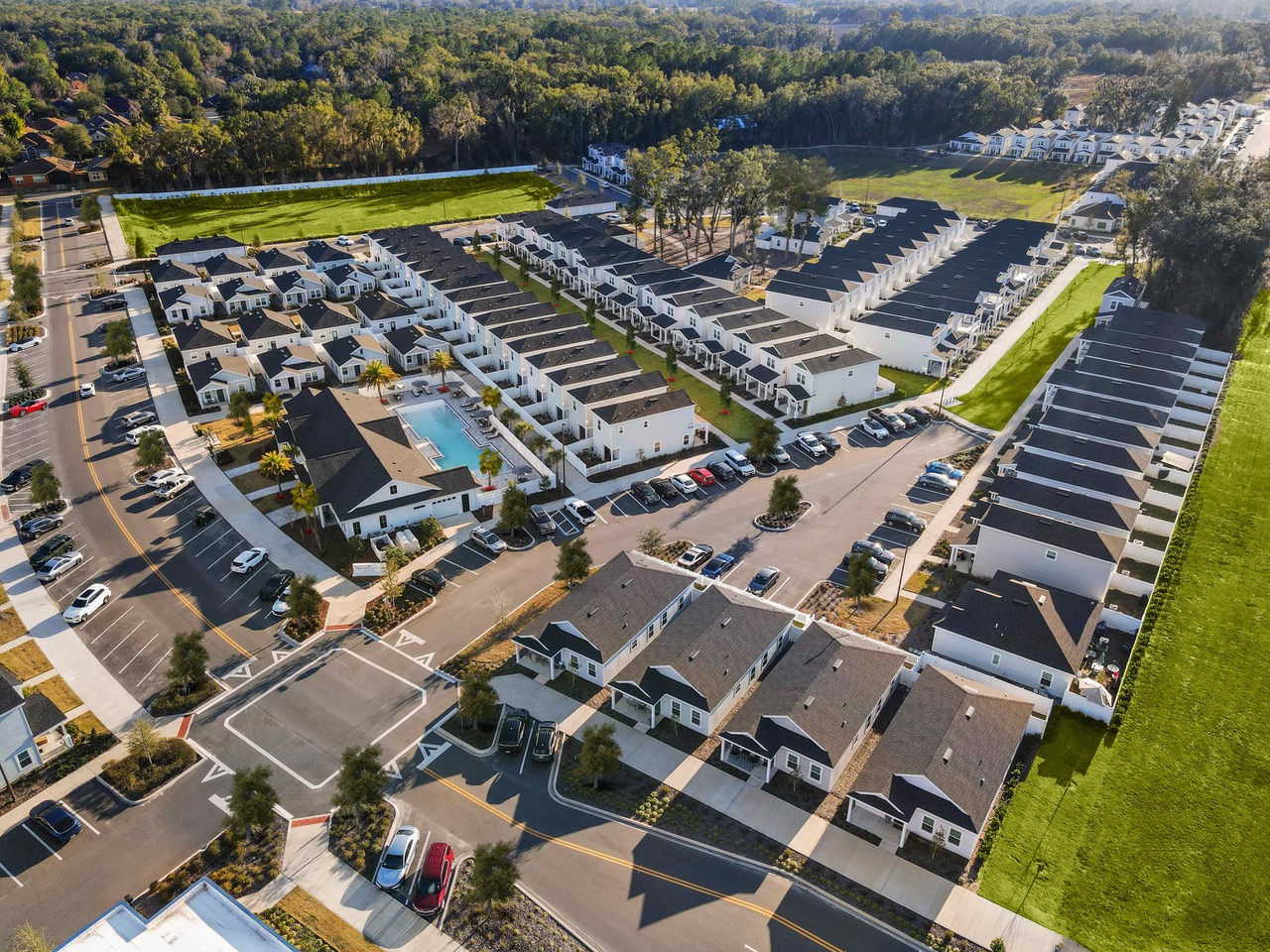Andy Jones of LRG looks at BTR’s potential to expand its offer to include genuine multi-generational communities.
The reason for the unprecedented and unrelenting success of BTR suburban communities is undoubtedly (in part at least) its ability to attract a diverse demographic. BTR suburban communities grew out of an opportunity to meet the changing needs of BTR’s original target market: providing homes for maturing Millennials as they embarked on family life outside London, but has extended beyond that, providing homes for those at all stages of life. But is there an opportunity to expand on this further?
We believe that there is, and that possibly the greatest untapped opportunity for further expansion into the later living sector. A typical BTR suburban community creates the ideal opportunity for multi-generational living: accommodating several generations of a family and thereby a diverse community, benefitting both the community itself and the scheme’s profitability.
Of course this is not a new phenomenon, as the history of any village will show. But the benefits of creating new communities with this in mind, literally providing for ‘cradle to grave’ are increasingly being recognised.
The inability (or lack of incentive) for older people to downsize to free up homes for the younger generation is well known. Nearly two million spare bedrooms have been locked out of the housing market in the last 10 years as a result of Britain’s ageing population, meaning that housing stock is utilised increasingly inefficiently. Between 2011 and 2021, the number of spare bedrooms in England and Wales surged from 24.2m to 26m, according to census data, as the number of households living in properties with at least two spare bedrooms soared by 825,000.
Furthermore, 2.6 million older people in England unable to get the support they need. The country faces a social care vacancy vacuum of 165,000 jobs, as demoralised staff quit for better paid work elsewhere. Record NHS waiting lists are partly attributable to the 13,000 people stuck in hospital who are medically fit to be discharged but are waiting for social care.
It is well known that enabling older people to downsize would substantially free up homes for younger people. The recent spiral in energy costs has supported downsizing to an extent, as many have expedited their move to a smaller home as a result of higher energy costs. The size of a property, its age, construction and condition and the increasingly cost of achieving greater energy efficiency has drawn many middle aged people towards smaller, newer, rented homes. BTR suburban communities are already playing an important role in encouraging downsizing: recent research has found that six per cent of BTR tenants are downsizers. Similarly, schemes that LRG manage demonstrate that many such residents are recently retired and have moved to BTR suburban communities to be closer to children and grandchildren.
Renting is all too often viewed as the default option for those unable to get a foot on the property ladder. But it is increasing becoming popular with those stepping off the property ladder. House price inflation has been generous to the baby boomers and, acknowledging this, increasing numbers now choose to release equity to support children and grandchildren into home ownership. Divesting equity and moving into a rented property with a BTR suburban community not only enables parents and grandparents to pass on property profits and reduce inheritance tax, but to live in a suitable home with the flexibility to move to assisted living within the same scheme should their needs change.
The UK is not the only country struggling to deal with ageing populations and increasingly atomised societies. There are numerous successful later living schemes in Europe and the US, many of which form part of larger suburban BTR schemes. Just 41.6 per cent of Swiss and 50 per cent of German adults are homeowners[1]. In many cases they rent not because they have to, but as a lifestyle choice. Property is not seen as necessary to fund retirement, or even facilitate a cheaper lifestyle during retirement: many retired Europeans live in rented retirement housing and pay a 30 per cent premium for services. Their retirement is simply funded differently: instead of investing in property, people choose other investments. This is possible because – whether a later living scheme, or mixed family accommodation – take-up is higher, and therefore the costs are lower.
However, addressing the later living crisis involves more than simply increasing the number of homes. The 65+ demographic will be attracted to amenities which provide the opportunity to engage and socialise, specifically those which support their health and wellbeing.
A mixed-use development of rental properties in Aarhus, Denmark, has addressed the problem very successfully: the House of Generations is an innovative intergenerational living housing project that demonstrates that there is a solution to the crisis in social care while also boosting the supply of affordable housing and delivering high quality pre-school education. The scheme has 100 retirement homes, where residents have daily visits from a care worker; 100 nursing home places, which come with more intensive medical support; 40 family homes, 40 youth flats and 24 apartments for disabled people. A ‘pepper-potting’ approach ensures a demographic mix and the scheme has many shared facilities including gardens, a nursery, a craft room, a carpentry workshop, a music studio and a gym. The scheme shows that intergenerational living has benefits all-round: to residents, managers, investors, and society at large.
Investors also benefit from this approach: density is a key factor in the viability and profitability of BTR suburban communities. Later living schemes tend to average approximately 250 apartments. So incorporating later living schemes within larger scale communities creates an attractive investment proposition.
Research by Paragon, The growth of later life tenants, found that the number of over 65s within the private rented sector has increased by 93 per cent over the past decade. This tenant cohort of typically stays in a property for longer than younger counterparts, maintain homes well and, due to a stable, index-linked income, are a reliable source of income. The Paragon report found that just 18 per cent had difficulty paying rent, compared to 33 per cent of those aged 35 to 64.
Those over 65 will account for almost a quarter of the population by 2043 but there is a drastic undersupply of purpose-built housing, compounded by a failure by the care home sector is failing to keep pace with demand. So it is unsurprisingly that investment is increasingly focused on this market. Knight Frank’s Seniors Housing Annual Review 2022/23 states that 67% residential investors plan to enter this market within the next five years, compared to 31% currently.
Furthermore, density is a key factor in the viability and profitability of BTR suburban communities. Later living schemes tend to average approximately 250 apartments. So incorporating later living schemes within larger scale communities creates an attractive investment proposition.
With the exception of a few ramps, schemes such as these demonstrate that providing such a community does not require a structural re-think in the layout, but an attitudinal shift. Facilities such as lounges and clubrooms, staffing assistance, care packages, wellbeing suites, and 24 hour
concierge are either already present in most suburban BTR schemes, or can be provided with little change to the built environment.
The benefits of intergenerational living are without doubt, and BTR suburban communities have the ideal opportunity offer for a fresh, accessible and genuinely aspirational products aimed at older age groups – products which not only make financial sense but help address one of the biggest issues facing society today.
[1] Home ownership rates European countries as reported by Statistica, July 2022
Andy Jones is group director, corporate & build to rent, at Leaders Romans Group (LRG)








